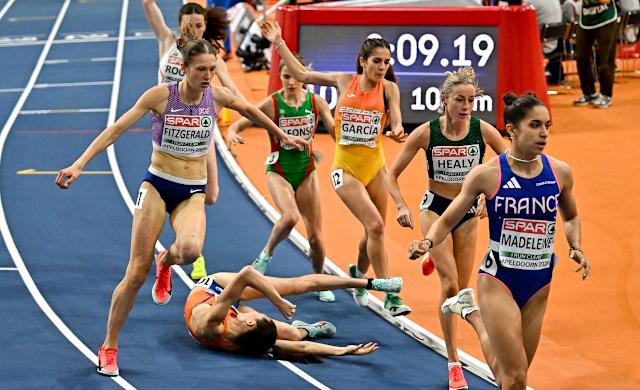Understanding Depression and Its Impact on Life
Depression is more than just feeling low; it’s a common mental health disorder that affects every part of life. It can interfere with work, relationships, and overall well-being. Shockingly, the CDC reported in 2023 that nearly one in five adults in the United States is affected by depression. For many, this illness brings a heightened risk of suicide, which makes finding effective, sustainable treatments all the more urgent. But can bright Light Therapy Be the Drug-Free Answer to Depression?
Doctors frequently prescribe antidepressants to manage depression, but these medications often come with serious side effects. Beyond causing skin issues, they can blunt emotions, leaving patients unable to feel joy or sorrowfully. However, a drug-free approach is gaining attention: bright light therapy (BLT). This therapy harnesses light exposure to influence mood and cognition positively, and recent studies suggest it might be an effective treatment for depression.
How Bright Light Therapy Works to Lift Mood

The connection between light exposure and mood is well-documented. Our brain responds to bright light by activating neurons called retinal ganglion cells, which transmit signals between the retina and the brain. These signals help regulate mood and cognition. Recent research from JAMA Psychiatry revealed promising results: among 858 participants with depressive disorders, those who used BLT achieved a 40% remission rate, compared to a 23% remission rate in patients relying solely on antidepressants.
Participants in the study sat in front of a bright, white fluorescent light box emitting 10,000 lux for 30 minutes daily. Results showed that BLT could indeed match or even surpass traditional treatments, without the financial burden or physical side effects of pharmaceuticals. As the study noted, light therapy could become an efficient, low-cost supplement or alternative for treating non-seasonal depressive disorders.
What is Bright Light Therapy?
Bright Light Therapy, or BLT, is a treatment involving controlled exposure to bright light. Traditionally used for Seasonal Affective Disorder (SAD), BLT is proving helpful for non-seasonal depression and other mental health issues, as research expands. This therapy can reset our internal body clock, or circadian rhythms, to improve mood, boost energy, and even improve sleep. Each condition treated with BLT may require different timing for exposure. For example:
- Circadian Rhythm Disorders: Light exposure can adjust sleep patterns, helping those with delayed sleep phase syndrome (DSPS).
- Seasonal Affective Disorder: BLT has long been known to help people who struggle with mood swings during the darker months.
- Non-Seasonal Depression: New studies suggest BLT might even help children and adolescents experiencing depressive symptoms.
- Sleep Disorders in Neurological Conditions: BLT is also effective in managing sleep issues for people with neurological diseases like Parkinson’s.
BLT stimulates the sensors in our eyes that connect to the brain, allowing our internal clock to reset. However, for those interested in using BLT at home, it’s crucial to consult with a healthcare provider to find the appropriate intensity and duration for their needs.
Administering Bright Light Therapy Safely
Bright Light Therapy can be used in various ways:
- Light Box: A light box that emits high-intensity fluorescent light can be used daily for about two hours.
- Light Visor: Some people prefer wearing a light visor, which acts like a cap with an attached light source.
- Natural Sunlight: A more organic approach is spending time outside during early morning sunlight, typically between 6 and 9 AM, to gain the benefits of bright light.
Individuals with bipolar disorder or severe depression should seek guidance from mental health professionals before starting BLT, as the exposure duration and intensity are crucial for each unique case.
The Future of Bright Light Therapy for Mental Health
As the understanding of light’s effect on the brain grows, there is a renewed focus on how BLT can be applied across different mental health conditions. By embracing this natural therapy, people may find a sustainable, non-invasive path toward mental wellness
Also read: https://www.dailymaverick.co.za/article/2024-11-06-how-light-can-shift-your-mood-and-mental-health/



 By
By

















